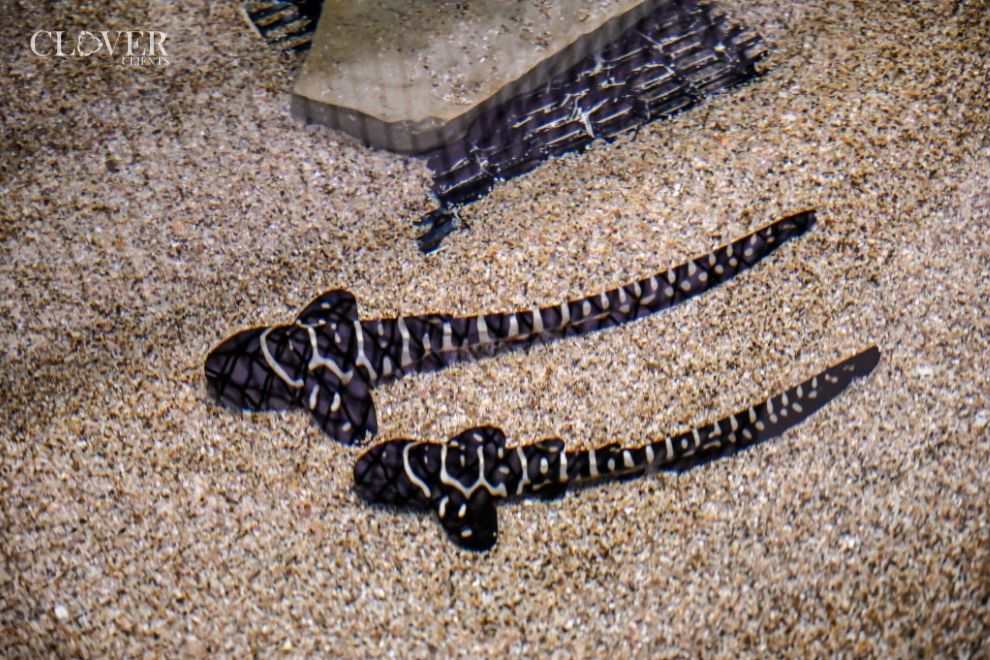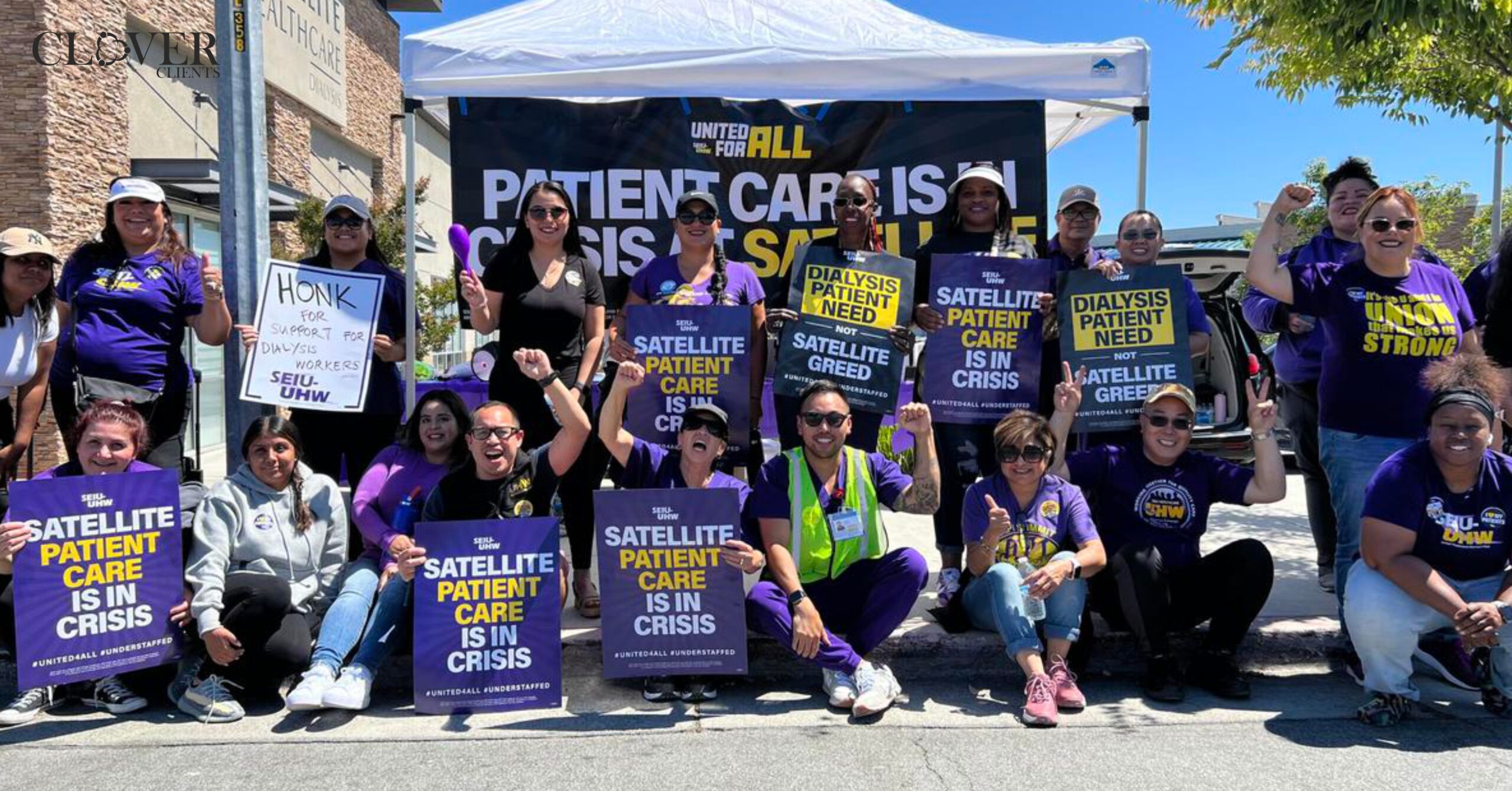In Dry Tortugas National Park, close to the Florida Keys, archaeologists discovered a submerged gravestone. The find may also indicate the presence of a nearby cemetery and a submerged hospital, according to the archaeologists.
According to a report by CBS News, a team of divers found the wreckage of a 19th-century hospital and cemetery off the coast of Dry Tortugas National Park in the Florida Keys. According to the source, archaeologists think the location may have been used to confine yellow fever victims between 1890 and 1900. Staff at Dry Tortugas conducted a poll in August of last year, which produced the results, according to a news statement from the National Park Service (NPS).
Although only one grave at Fort Jefferson Cemetery has been located, experts believe there may be many more there, mostly soldiers stationed at the fort.
“This intriguing find highlights the potential for untold stories in Dry Tortugas National Park, both above and below the water,” Josh Marano, maritime archaeologist for the South Florida national parks and project director for the survey, said in a statement.
The Beginning of the the Search
In August 2022, park archaeologists started looking for the tomb site with the assistance of employees from the Southeast Archaeologist Centre, the National Park Service’s Submerged Resources Centre, and graduate students from the University of Miami.
The site was unintentionally found months earlier when a park staffer was flying over shallow water in an aeroplane and observed something man-made in the shallow water below, according to Allyson Gantt, a park ranger and spokesperson for Dry Tortugas National Park.
The Discovery and Its History
The 100 square mile Dry Tortugas National Park, which is situated about 70 miles south of Key West, is made up of seven islands, most of which are in the open ocean. Fort Jefferson, a historic coastal stronghold that was abandoned in 1873, is located at Garden Key. Tourists and snorkelers enjoy the park, which can only be accessible by boat or aircraft.
A grave headstone found in the water was John Greer’s. Greer was a labourer at the fort when he died on November 5, 1861, according to a news statement from the Park Service. The reason for his demise is still a mystery despite the fact that there were frequent outbreaks of contagious and mosquito-borne diseases, including yellow fever, in the fort.
At that time, medical professionals used the remote islands that surrounded Garden Key as quarantine submerged hospitals for the sick. Some of these islands are now submerged as a result of hurricanes, erosion, and climate change.
Fort Jefferson was primarily used as a military prison during the Civil War. But according to the findings, the nearby islands were also used as safe harbours, military training grounds, lighthouse stations, naval hospitals, and quarantine facilities.
Additionally, this meant that the number of soldiers, prisoners, enslaved individuals, engineers, support personnel, and their families increased on the fort and the nearby islands. This raised the possibility of disease spread, particularly yellow fever. The illness claimed dozens of lives between the 1860s and the 1970s.
The fort was subsequently abandoned by the military in 1873, but between 1890 and 1900, the U.S. The Marine Hospital Service reoccupied it and once more needed to use one of the nearby islands as an isolation hospital, according to the Park Service.
Ongoing Event
The archaeologists are investigating Greer and other people who may have been interred at the wet grave site in the meanwhile.
“Efforts to learn more about Mr. Greer and other individuals interred on the now submerged island are ongoing. The remains of the hospital as well as the surrounding cemetery have been documented as an archaeological resource and will be routinely monitored by members of the South Florida National Parks Cultural Resources Program,” the Park Service said in a statement. “Visitors are reminded that submerged cultural heritage is protected under Federal law.”













